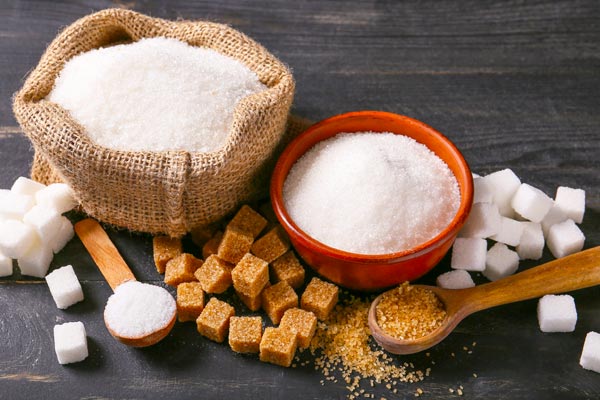Introduction
Fats and sugars are two fundamental components of human nutrition, playing crucial roles in providing energy and ensuring proper body functioning. However, excessive and unbalanced consumption of these substances can lead to health issues such as obesity, diabetes, and cardiovascular diseases. In this article, we will explore the types of fats and sugars, their uses in the food industry, and their impacts on health.
Fats: Types and Uses
Fats are composed of fatty acids and glycerol and are categorized into two main types: saturated and unsaturated:
1. Saturated Fats: Typically solid at room temperature, found in foods like butter, cheese, and fatty meats. High intake of saturated fats can increase the risk of heart disease.
2. Unsaturated Fats: These are divided into monounsaturated and polyunsaturated fats and are usually liquid at room temperature. Found in vegetable oils and fatty fish, unsaturated fats help reduce the risk of heart diseases.
Sugars: Types and Effects
Sugars, as simple carbohydrates, play a significant role in energy provision for the body. Sugars are divided into two main categories:
1. Natural Sugars: Such as fructose found in fruits and lactose in milk.
2. Added Sugars: Includes sucrose and glucose, which are artificially added to foods to enhance flavor and extend shelf life.
Excessive consumption of added sugars can lead to weight gain, type 2 diabetes, and heart diseases.
Export of Fats and Sugars
Given the vital role of fats and sugars in the food industry, the export market for these products is continually thriving. Countries looking to source raw materials for food production often import these substances from countries rich in these resources.
Opportunities and Challenges in the Market
Opportunities:
– Development of Health-Focused Products: Producing products with minimal harmful fats and added sugars.
– Advanced Technologies: Utilizing cutting-edge technologies to enhance product quality and reduce production costs.
Challenges:
– Regulatory Changes in Health Standards: Increasingly strict regulations on the content of fats and sugars in food products.
– Price Volatility of Raw Materials: Fluctuations in raw material prices can affect production and export costs.
Conclusion
Despite their numerous benefits, fats and sugars can pose health threats if consumed in imbalance. Focusing on the development of optimized and sustainable formulations can significantly enhance public health levels and open new opportunities in both domestic and international markets.

